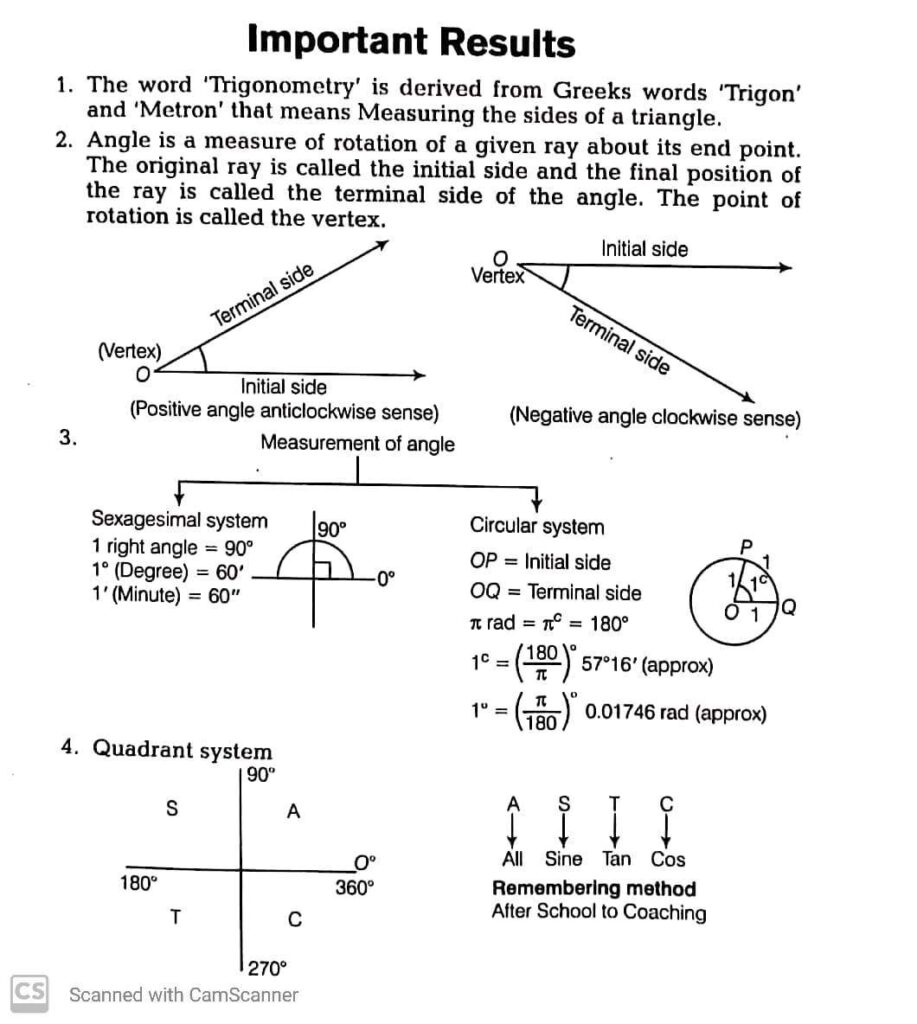JNVST Class 6 Language Test: Important Questions & Format
Jawahar Navodaya Vidyalaya (JNV) Class 6 Language Test This post contains Class 6 Jawahar Navodaya Vidyalaya(JNVST) Language Test Important questions for entrance exams 2026. There are total 3 sections in question paper, Reasoning Ability Test, Arithmetic Test and Language Test. In this post I have cover all the details related to language test along with […]
JNVST Class 6 Language Test: Important Questions & Format Read More »










